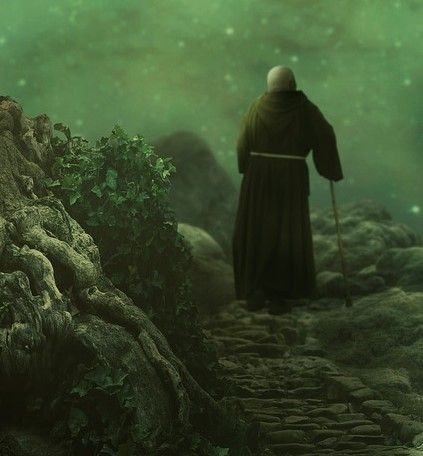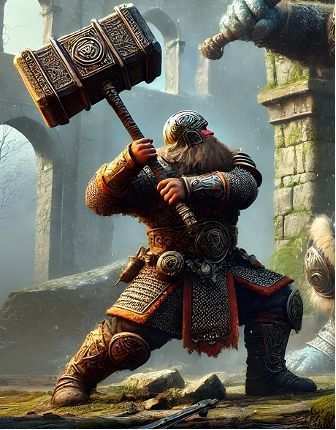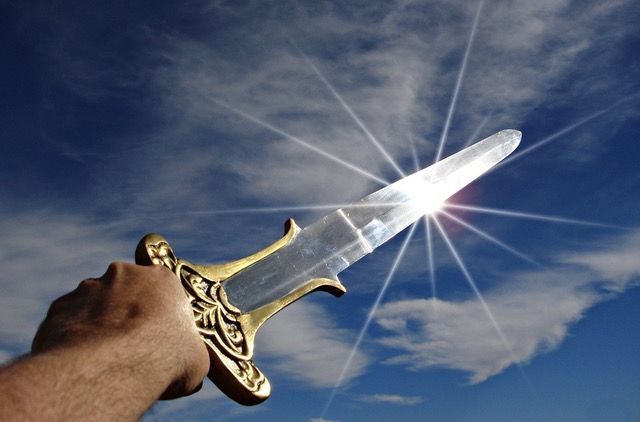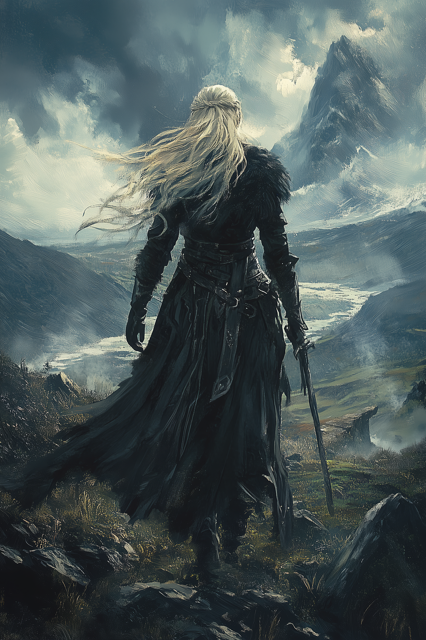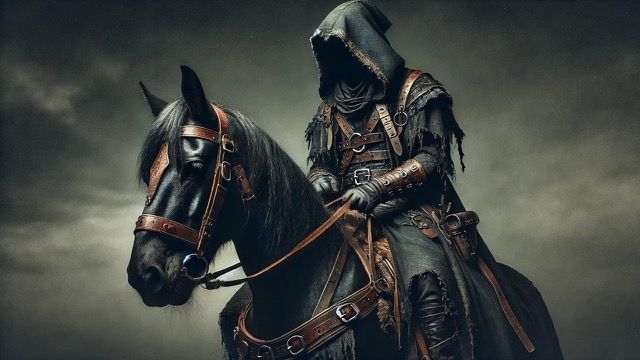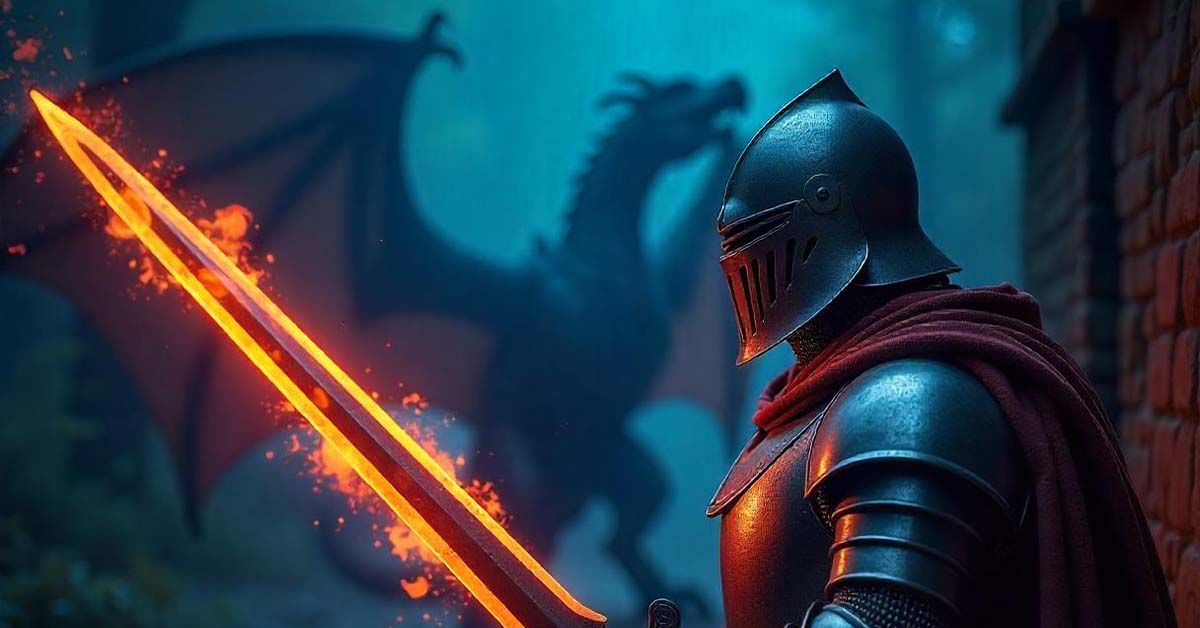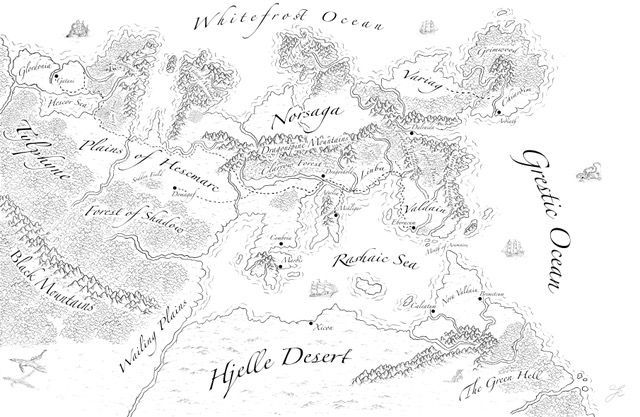Monsters! Monsters!
Every good fantasy novel requires one or more monsters. Good, bad or indifferent. It wouldn’t be a fantasy novel without one or more monsters.
Fortunately, the fantasy genre has plenty of monsters. More than enough for any author given the profusion of movies, books, and various role-playing fantasy games. Unfortunately, that wealth of possibilities contains a trap for the budding author. Many of these same creatures are copyrighted creations.
It’s true that ‘The Wizards of the West Coast’ have granted an open license for use of their products. It’s also true they revoked that license although reinstated the same (as of this writing). But what they’ve done once they could do again. And this possibility presents a real dilemma to any author, especially should their works of imagination – intellectual property if you will – attain any meaningful commercial success.
My solution is to use only monsters firmly established in legend and mythology. Public domain creatures. Even these I attempt to add personal, inventive twists to distinguish each from anything found in D&D, Pathfinder, or similar copyrighted products. Some monsters are creations of my imagination.
As an example, dragons are a must in a series titled ‘Dragonshadowed’. When writing, I avoid naming dragon clans by color. Instead, the clans are identified by their main offensive weapon or primary habitat. Hence flame dragons or timber dragons. Their scale color is arbitrary, and some of the dragons I write about alter their breath weapons, as can mighty Delgarathon. For more on how I view dragons, check out the novella ‘Dragonflight’. Any lover of dragons will find a wealth of new information, and dungeon masters will be well rewarded.
Monsters abound in the world of Dragonshadowed, even in the human lands of civilized Valdain. Some appear to be human, and others are human though of a monstrous disposition. A reader will encounter shapechangers, lycanthropes, and various undead as they partake in the adventures of the protagonists. Some of these creatures will be obvious, others surprising, and a few won’t be revealed. All as one might expect in a ‘real world’. After all, a shapechanged creature isn’t likely to advertise the fact. They’re shapechanged as a disguise for a reason.
As an author, I require a logical and consistent foundation for the fantasy world in which the laws of magic are more powerful and prevalent then the scientific laws of our own world. Aside from how magic might be integrated into a society or culture, this must also apply to non-human species of all sorts.
Goblinoids are plentiful and disposable muscle. Useful for anyone with the ability to pay and power to keep these unreliable servants from creating a bigger nuisance. As individuals they’re thugs, and when numerous form warbands of employable mercenaries. Or brigands.
Ogres are similar, but bigger and stronger, and often possess one or more additional tricks to keep events interesting for the characters and readers. As ogres are easily recognizable and generally distrusted, they keep away from human communities unless employed by nobility as part of their military forces.
Bigger and more powerful trolls are much the same as ogres, but need to be controlled by magic coercion, or will spread havoc due to their malicious nature. Trolls have affinity to other enchanted realms, and will always have one or more innate magical abilities. They may not heal or regenerate as in most role-playing games, but may possess enhanced senses, offensive or defensive powers, or something completely unexpected. I also recognize the Scandinavian curse ‘trolls take you.’ If invoked, the target of this curse can expect a troll encounter in their near future.
Aside from humanoid monsters, the world of Dragonshadowed is inhabited by griffons, hippogriffs, harpies, hydras, basilisks and manticores. This list isn’t exhaustive, but if a monster exists in folklore, it exists in this fantasy world. Like goblinoid migrants, the folk of Valdain ‘tame’ these creatures in much the same way we’ve tamed livestock or utilize machines as part of their day to day culture. Whenever possible.
Many monsters can’t be tamed, only controlled through magic. Others remain wild, and will penetrate civilized lands much like rabbits, coyotes and bears do in our world. Curtailing their intrusion is a task for knights and wizards.
All to say, this is your invitation to enter an alternate world for a few hours, and experience for yourself how it all works. Book 1, the Dragon Watch novel, awaits.

